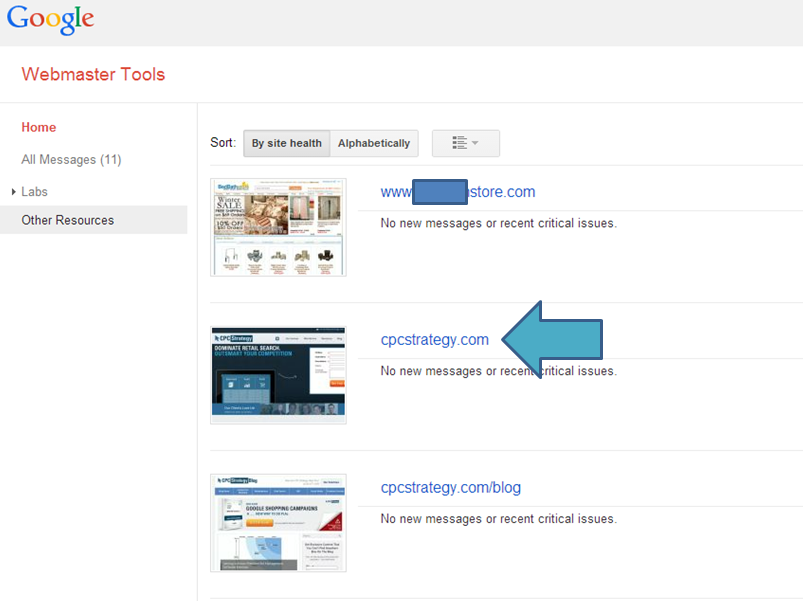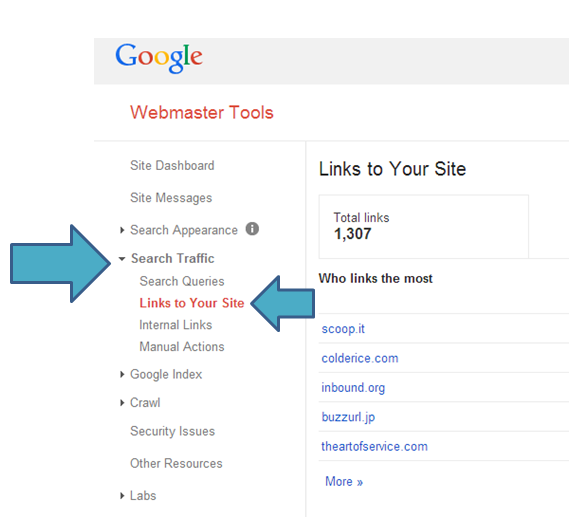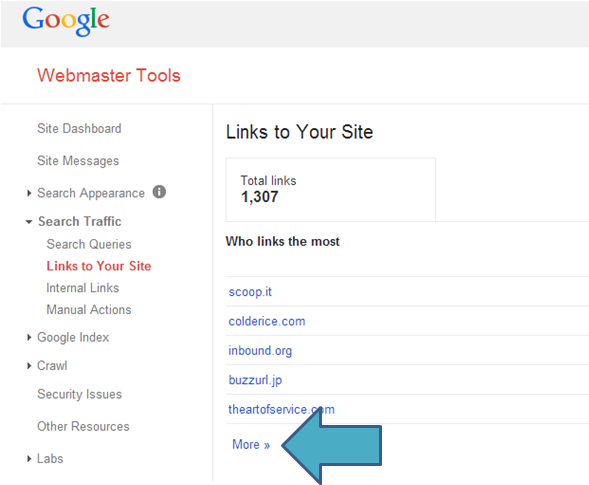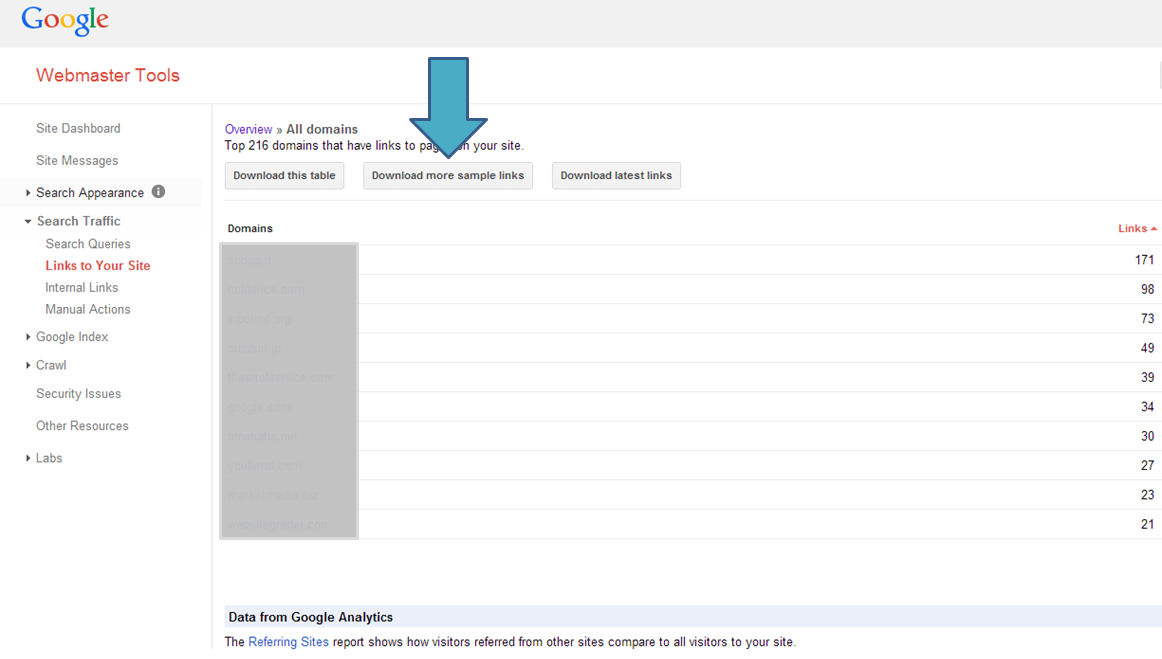How To Painlessly Fix A Google Manual Penalty

 This is a guest post by Joe Palko, 3D Store Chief Marketing Officer. Joe has been working in ecommerce with Online Merchants since 1994, and has over 12 years of Business Development experience.
This is a guest post by Joe Palko, 3D Store Chief Marketing Officer. Joe has been working in ecommerce with Online Merchants since 1994, and has over 12 years of Business Development experience.
You won’t hear the word penalty from Google if and when you receive an “action” or “adjustment” action notice from the search engine site, but it’s all the same thing. There are two types of actions, an algorithm adjustment, or a manual action. For “Algorithm Adjustments,” Google’s Penguin web spam algorithm has decided somewhere in your many, many pages of products, blogs, SEO mentions, etc. that something is “unnatural,” usually a link pointing to your website.
A “Manual Adjustment” or Manual Penalty is when an actual human at Google has flagged an issue on your site for adjustment. Such penalties, according to Google, may drop your SERPS ranking, and sometimes it’s drastic.
 These updates have been frustrating companies large and small for many years. Google has pledged to make their notices more “transparent,” and when possible, send examples of the links in question. Most of the time, the links in question are from sources you are completely unaware of.
These updates have been frustrating companies large and small for many years. Google has pledged to make their notices more “transparent,” and when possible, send examples of the links in question. Most of the time, the links in question are from sources you are completely unaware of.
It could be an outside link posted by someone else who has happened across your product pages and linked to them in their own content. That is exactly what you WANT to happen – organic SEO growth spurred by your marketing efforts – but sometimes it does create an issue that you as an online entrepreneur need to be aware of and to address. Google hopes to train you, through using Webmaster Tools, to be aware of changes to your popularity, and to always be monitoring your inbound links.
Last year, a spam penalty notice was sent to Mozilla (the company that owns the Firefox web browser) and it had them combing MILLIONS of content pages to find unnatural links. While having millions of pages is a problem most of us will never encounter, chances are you will have a much easier time in locating the issue.
Handling a manual penalty notice should be as simple as filing a reconsideration request with Google, but this is a bit more complex than Google is leading you to believe. There is also the much-discussed “disavow” button/tool, but even Google cautions that it be used with the utmost caution. Before you attempt to disavow content, it’s expected that you will have sent several requests for the problematic content to be removed, and filed a reconsideration request.
Here are step-by-step instructions on how to begin to remove a manual penalty:
1) Go to your Google Webmaster Tools and click on the site with the supposed penalty issue:

2) Select the Search Traffic tab > Search Links to your Site:

Under Who Links the Most select More:

3) Click Download More Sample Links and ask the site to give you the table of links:

This will give you A LOT of link data to comb through.
4) Start a Google or other spreadsheet file to track your research.
You will need this documentation when submitting your reconsideration request. A spreadsheet should include the web contact name, email address, the link in question (or multiples if tweeted, Facebooked, etc.), the dates you contacted the link “owner,” the last noted status of the link, and any other information you deem pertinent.
Also place in Google docs either examples of the content of your emails, etc. with the contacts or copies of the actual documents. A note on emails: It may seem like a good idea to put on your lawyerly hat and issue a cease and desist style threat, but you will get much farther with a straightforward email stating that you’re the site owner or webmaster, and are asking for their cooperation so that you are Google compliant.
You have to go through that table you generated in Google, link by link, to find out. If you make a mistake by not fully investigating the link, great quality links could be deleted and ruin a lot of your (and our) hard work! This is an example of how to determine the links that are most likely to generate a penalty: You should consider asking for a link to be removed if:
A lot of bad backlinks also come from link generator pages (pages that claim to provide everything from shoes to cars). Finding the backlink owner often requires running a search using the “whois” directory (which can be found in the footer of any company that sells domain names, such as GoDaddy, Network Solutions, etc. Searching the domain name will provide contact information, or at least an address so you can email. If you have several linkage issues with one webmaster/page, send just one email for all of them. Otherwise, you’ll end up overwhelming the webmaster with spam-like requests and lose their cooperation.
It may seem really tempting to skip all the work of finding and requesting bad backlink removal, but Google won’t be happy or cooperative to a disavowal of a backlink without a full report that you’ve done due diligence in attempting to get the links removed.
A basic reconsideration request contains an explanation of what was incorrect in your previous linkage and that you’ve stopped the practice, evidence that you have stopped the practice and/or fixed the issue (with those Google docs as backup), how you’ve made certain it won’t happen again, some information on your firm, and a businesslike apology.
Don’t be discouraged. Sometimes it takes a few tries.
